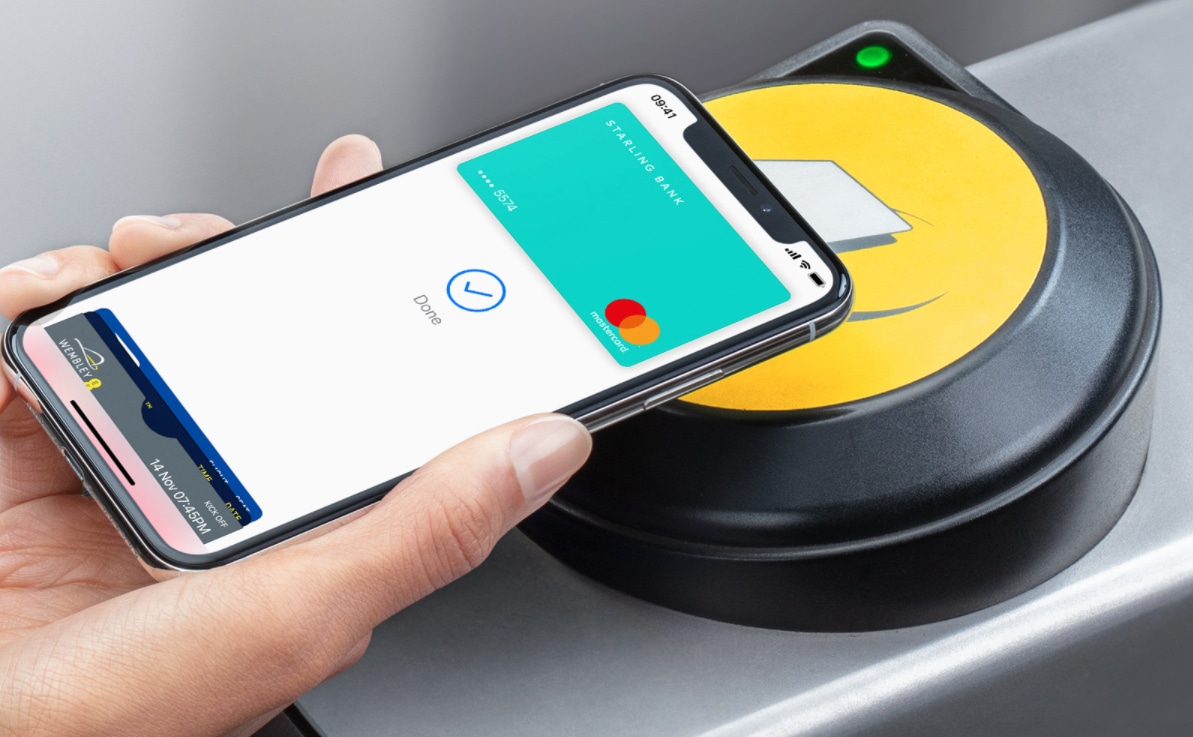
Article Highlights
A panel of industry experts squared off for a first-of-its-kind debate about the pros and cons of open-loop payments, tackling a range of issues–from whether transit agencies can completely eliminate their closed-loop programs in favor of open loop, to costs agencies should be ready to incur when rolling out the technology
Even though interchange is capped in Europe at 0.2% for debit transactions and 0.3% for credit, interchange fees for one large European transit agency still account for around 60% to 70% of total bank card costs to accept open-loop payments, with network assessment fees accounting for most of the rest.
• Transport for London
• Transport for NSW
• Octopus
• EasyCard
• Littlepay
• Calypso
A panel of industry experts squared off for a first-of-its-kind debate about the pros and cons of open-loop payments, tackling a range of issues–from whether transit agencies can completely eliminate their closed-loop programs in favor of open loop, to costs agencies should be ready to incur when rolling out the technology.


















